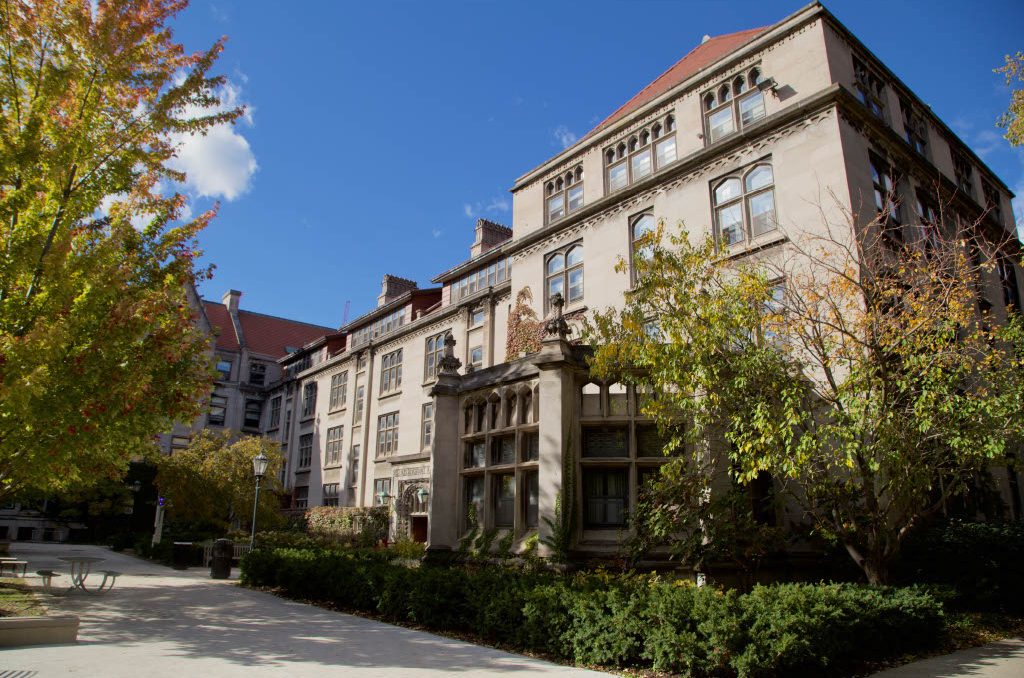The Green Campus Initiative’s third annual Battle of the Bulbs kicks off this Sunday, and if history is any guide, a rational concern for the ultimate goals of the program will be almost completely lost in the exciting spectacle of its competitive display. To allow this is foolish.
Past numbers show that the program will save little to no energy; last year’s savings were the energy equivalent of a mere 19 barrels of oil—as a matter of comparison, the U.S. uses 20,680,000 barrels a day. Clearly this is no way to get anywhere. Even if the campus had met the planners’ targets, we’d have saved the energy equivalent of 4,500 gallons of gasoline over the month, about the amount our collective parents fill their cars with every eight hours.
The reduction isn’t much, but at least it’s something, right? Not so fast. All of this conservation takes place in thermostatically heated buildings, so regardless of the electricity use in the buildings they will remain at constant temperatures and conduct constant amounts of energy to the surrounding environment. At thermal equilibrium, total energy use will equal total conduction energy loss, so total energy consumption will remain constant. Any reduction in electrical energy consumption will be matched, watt for watt, by an increase in building heating energy consumption.
Comparison can show that the difference in resource cost between electricity and building heat is slight, if it exists at all. Buildings on campus are heated with steam piped through the ground from a pair of large gas boilers south of campus. Marginal electricity production in this part of the country comes from large gas turbines. The two are both created using natural gas, and which process uses less gas is a question of efficiency: Are a large boiler, a half-mile of pipe through frozen ground, and building radiators more efficient than a large turbine, three sets of transforming circuitry, and a long run of high-voltage wire? This is not a simple question: It would take a great deal of research into esoteric figures to find out if reducing residential electricity use saves any gas at all.
The real way to lower energy consumption is to live more modestly: live in a small apartment in the city, don’t have a car, eat cheap food, keep one’s thermostat low, and don’t consume manufactured goods or run appliances. U of C students already do these things. A house system resident’s 374 watts of residential electrical is only 40 percent of the citywide average and a mere 3.4 percent of the nation’s total per capita energy consumption of 11 kilowatts. Reducing our consumption to any significant extent will require uncomfortable lifestyle changes, and even a significant reduction will have an insignificant impact on energy consumption, or none at all. Conserving some percentage of this miniscule fraction is like rearranging deck chairs on the Titanic; it’s not the way to save the ship. The proper targets are polluting; energy-intensive sectors like transportation; heating, ventilating, and air conditioning (HVAC); and heavy industry.
Ultimately, energy conservation is of limited potential unless we want to make ourselves poorer on a national level. It isn’t an overstatement to say that energy consumption is bookkeeping shorthand for prosperity. The correlation between energy consumption and GDP worldwide is so intimate you could measure one by the other, after correcting for climate and degree of urbanism. For us to lower our consumption, we would need to become poor, and for the third world to keep their consumption low, they would need to remain poor. Even a nationwide reordering of lifestyle could only cut consumption by a factor of two, to levels prevailing in the more urban countries of Europe. Most of these savings would come from transportation, HVAC, and heavy industry.
Luckily, we don’t need to lower energy consumption. To save the Earth, we need only lower consumption of dangerous and polluting energy sources. Energy consumption as such is the wrong metric: Clean energy causes no problems. In fact, heavy use of energy is a hallmark of clean manufacturing, organic agriculture, carbon sequestration, and recycling processes; cleaner energy would facilitate all of these. Saving the environment will require more energy use, not less.
So rather than urging students, who already live a low-energy lifestyle, to conserve the last dregs of their 3.4 percent by compromising their comfort, let’s advocate for less polluting energy sources like nuclear fusion, nuclear fission with appropriate precautions, ocean thermal power, and hydroelectric power, and for effective conservation efforts in (let’s all say it together now) transportation, HVAC, and heavy industry.
When facing large-scale problems like this, people, especially noble, activist people like U of C students, want to do something about the problem even if it won’t help. If there’s really nothing substantive to be done, or if the proper large-scale action is already being taken, the impulse is at worst harmless. But in our case, there are things we can do, and we should be doing them instead of just playing games.
Ari Allyn-Feuer is a second-year in the College majoring in biology, chemistry, and mathematics.







